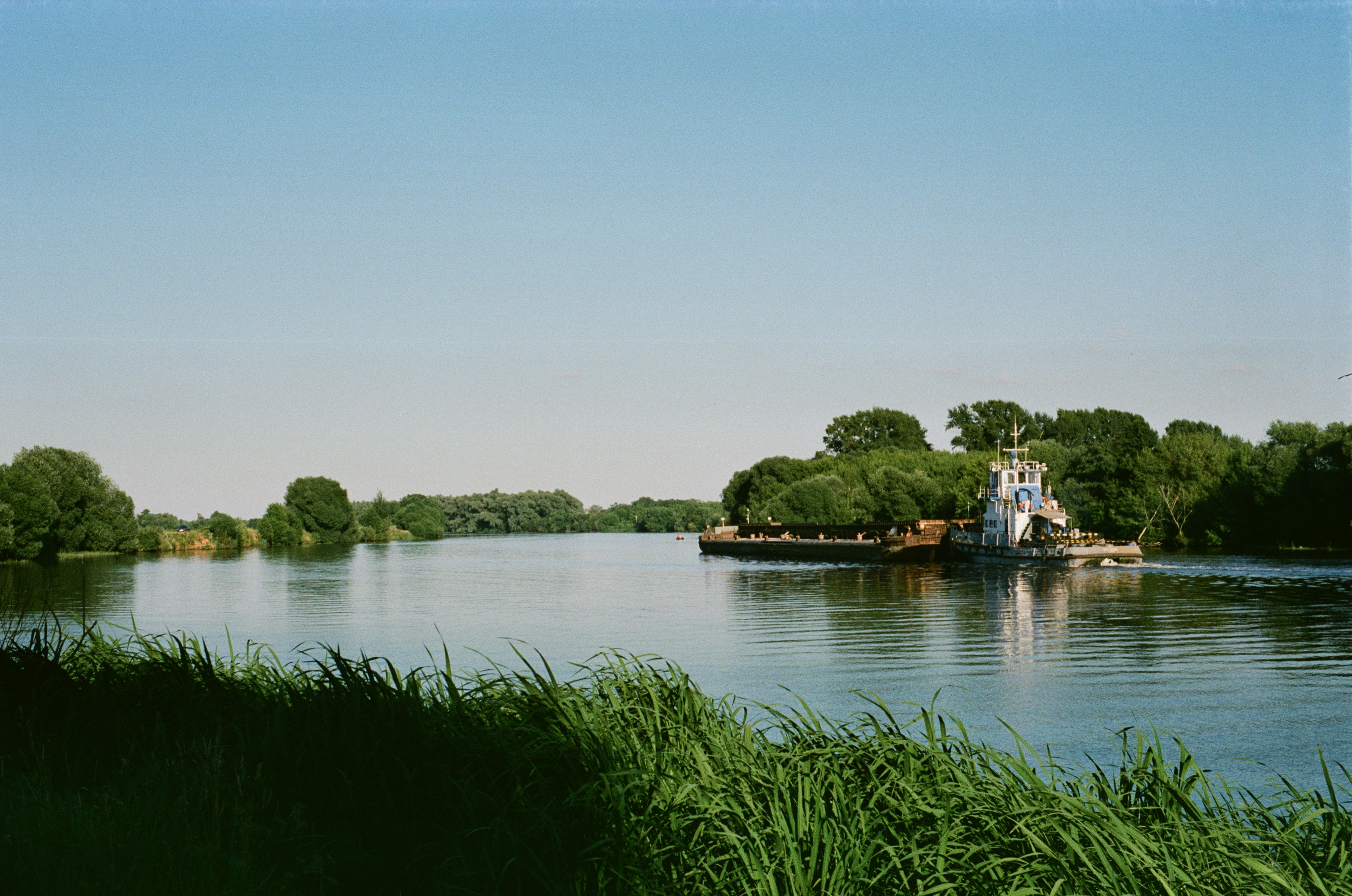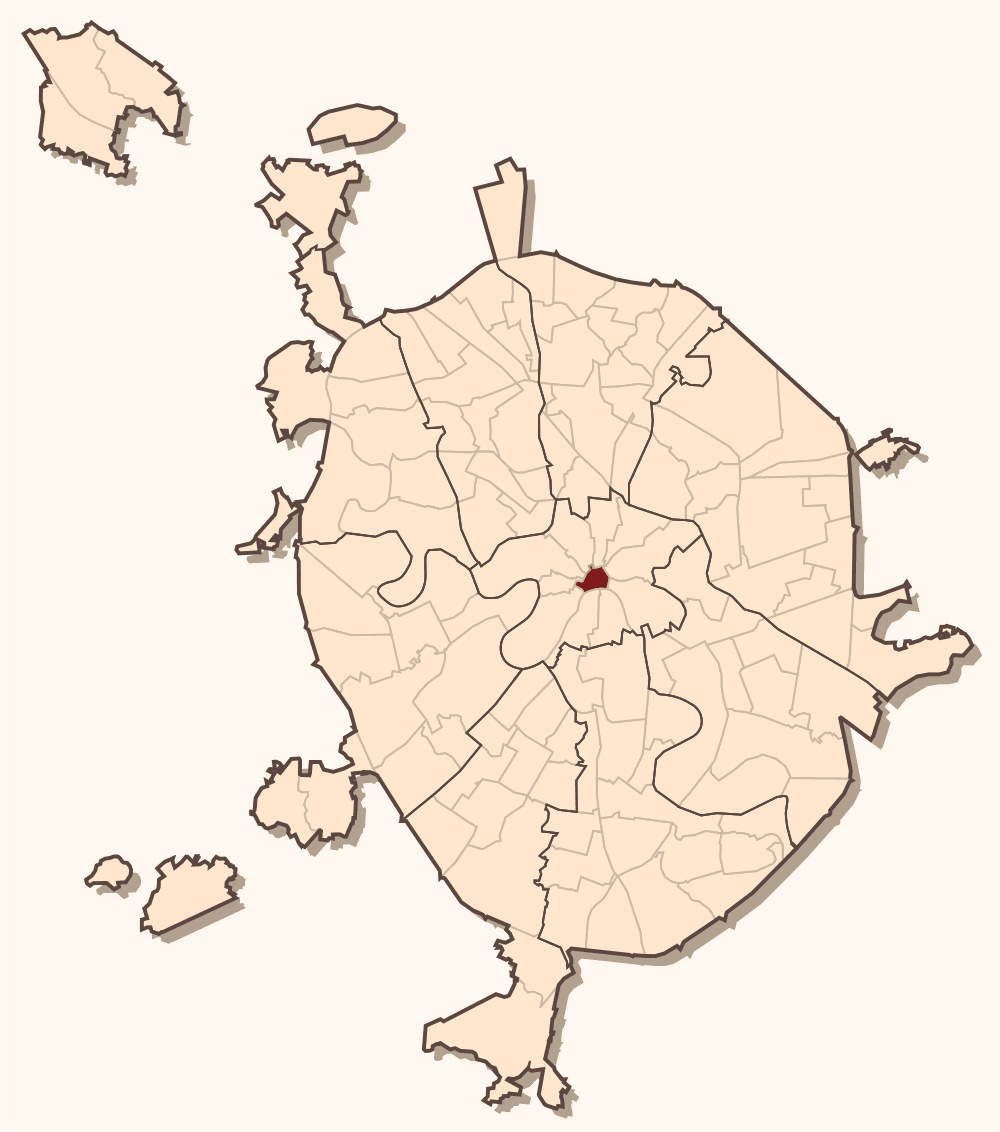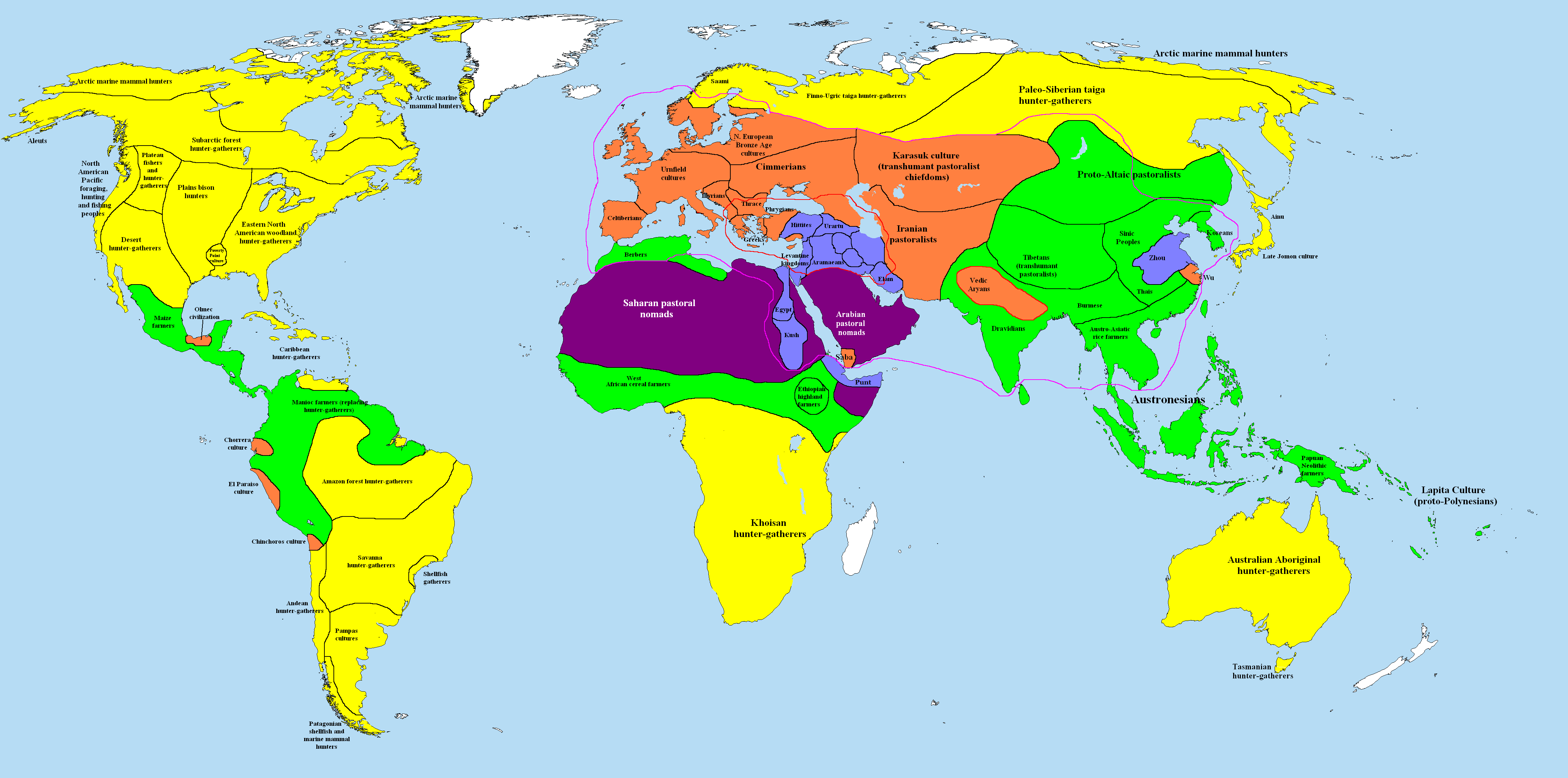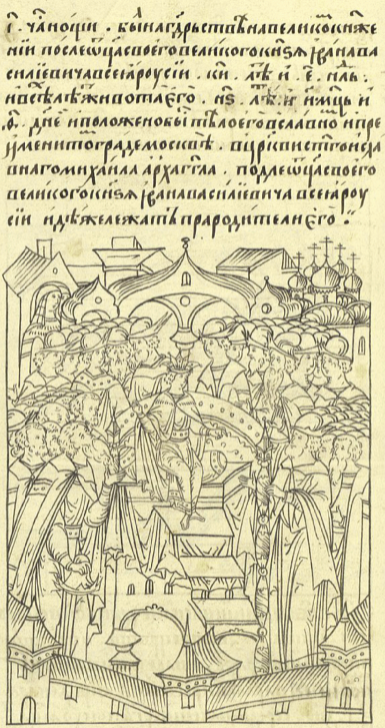|
Kremlin Hill
Kremlin Hill ( []; former name Borovitsky Hill – []; also known as Borovitskiy Cape – []) is one of the seven hills of Moscow. Altitude up to 145 m. The hill is situated in the city centre, at the confluence of the Moscow River and Neglinnaya River. The Red Square and the upland part of the Kitai-gorod are located on the hill. History The Borovitskiy Hill derives its name from the Russian word "бор" (''bor'') – " pinery". The hill was named so because in ancient times the left bank of the Moscow River was covered with pine forest. Archeologists date the first data on stay of a human being on the Borovitsky hill by the end of the 2nd millennium BC. The following archeologically investigated stage is dated by the 8th–3rd centuries BC. A settlement established here in 11th century became the core of Moscow. In 1156 the first kremlin was built on the hill and it became known as Kremlin Hill. Several gardens have been laid out, some of which belonged to Metropolita ... [...More Info...] [...Related Items...] OR: [Wikipedia] [Google] [Baidu] |
Moscow 05-2012 Kremlin 22
Moscow is the Capital city, capital and List of cities and towns in Russia by population, largest city of Russia, standing on the Moskva (river), Moskva River in Central Russia. It has a population estimated at over 13 million residents within the city limits, over 19.1 million residents in the urban area, and over 21.5 million residents in Moscow metropolitan area, its metropolitan area. The city covers an area of , while the urban area covers , and the metropolitan area covers over . Moscow is among the world's List of largest cities, largest cities, being the List of European cities by population within city limits, most populous city entirely in Europe, the largest List of urban areas in Europe, urban and List of metropolitan areas in Europe, metropolitan area in Europe, and the largest city by land area on the European continent. First documented in 1147, Moscow became the capital of the Grand Principality of Moscow, which led the unification of the Russian lan ... [...More Info...] [...Related Items...] OR: [Wikipedia] [Google] [Baidu] |
Seven Hills Of Moscow
The Seven hills of Moscow () is a historic name of several elevated sections of terrain, on top of which Moscow was built. The legend of Seven Hills (as an analogy between Moscow and Rome) has been known since the 16th century, when they began to actively develop the hilly terrain dissected by numerous rivers and ravines. Usually, the term ''Seven Hills'' refers to the Borovitsky Hill (a.k.a. Kremlin Hill), the so-called Three Mountains (the districts of Presnya and Vagankovo), Tver Hill a.k.a. Strastnaya Gorka (today's Pushkin Square), Sretensky Hill a.k.a. Sukharevsky Hill (today's Sukharevskaya Square), Tagansky Hill a.k.a. Shvivaya Gorka (over the Yauza River), Vvedenskiye Mountains a.k.a. Lefortovo Hill (in Lefortovo), and Vorobyovy Hills. Besides the aforementioned hills, they sometimes include Krutitsy, Krasniy Hill (over the Yauza River), and Naprudniy Hill a.k.a. Sushchevsky (between the rivers Neglinnaya and Naprudnaya). See also * Seven hills of Rom ... [...More Info...] [...Related Items...] OR: [Wikipedia] [Google] [Baidu] |
Moscow River
The Moskva (, ''Moskva-reka'') is a river that flows through European Russia, western Russia. It River source, rises about west of Moscow and flows roughly east through the Smolensk Oblast, Smolensk and Moscow Oblasts, passing through central Moscow. About southeast of Moscow, at the city of Kolomna, it flows into the Oka (river), Oka, itself a tributary of the Volga, which ultimately flows into the Caspian Sea. History According to recent studies, the current riverbed of the Moskva River was occupied about 12 thousand years ago. In addition to Finnic tribes, the Moskva River is also the origin of Slavic tribes such as the Vyatichi tribe. Etymology The name of the city is thought to be derived from the name of the river. Several theories of the origin of the name have been proposed. The most linguistically well-grounded and widely accepted is from the Proto-Balto-Slavic root *''mŭzg''-/''muzg''- from the Proto-Indo-European "wet", so the name ''Moskva'' might signify a r ... [...More Info...] [...Related Items...] OR: [Wikipedia] [Google] [Baidu] |
Neglinnaya River
The Neglinnaya ( rus, Неглинная, p=nʲɪˈɡlʲinːəjə), also known as Neglinka, Neglinna, Neglimna (Неглинка, Неглинна, Неглимна), is a 7.5 km underground river in the central part of Moscow and a tributary of the river Moskva. It flows in the tunnels under Samotechnaya Street, Tsvetnoy Boulevard, Neglinnaya Street and Alexander Garden and Zaryadye. The Neglinnaya discharges into the Moskva through two separate tunnels near Bolshoy Kamenny Bridge and Bolshoy Moskvoretsky Bridge. History The river in its natural state used to flow openly from the northern parts of Moscow to the south across the very centre of the city. The Kremlin was built on a hill east of the Neglinnaya, using the river as a moat. The moat did not stop foreign invasions but slowed development of territories west of the Kremlin; initially, the city grew eastward, into Red Square and Kitay-gorod. When Muscovites began settling on the western side, territories arou ... [...More Info...] [...Related Items...] OR: [Wikipedia] [Google] [Baidu] |
Red Square
Red Square ( rus, Красная площадь, Krasnaya ploshchad', p=ˈkrasnəjə ˈploɕːɪtʲ) is one of the oldest and largest town square, squares in Moscow, Russia. It is located in Moscow's historic centre, along the eastern walls of the Moscow Kremlin, Kremlin. It is the city's most prominent landmark, with famous buildings such as Saint Basil's Cathedral, Lenin's Mausoleum and the GUM (department store), GUM department store. It has been a UNESCO World Heritage Site since 1990. Red Square has been the scene of executions, demonstrations, riots, parades, and speeches. Almost 73,000 square metres (800,000 square feet), it lies directly east of the Kremlin and north of the Moskva River. A moat that separated the square from the Kremlin was paved over in 1812. Location Red Square has an almost rectangular shape and is 70 meters wide and 330 meters long. It extends lengthways from northwest to southeast along part of the wall of the Kremlin that forms its boundary on ... [...More Info...] [...Related Items...] OR: [Wikipedia] [Google] [Baidu] |
Kitai-gorod
Kitay-gorod (, ), also referred to as the Great Possad () in the 16th and 17th centuries, is a cultural and historical area within the central part of Moscow in Russia, defined by the remnants of now almost entirely razed fortifications, narrow streets and very densely built cityscape. It is separated from the Kremlin by the Red Square. Kitay-gorod does not constitute a district (''raion''), as there are no resident voters, thus, municipal elections are not possible. Rather, the territory has been part of Tverskoy District, and the Central Administrative Okrug authorities have managed the area directly since 2003. Destruction during the Soviet era All 10 chapels, 7 out of 18 parish churches, the Cathedral of the Nikolo-Greek Monastery, and two monastery bell towers were demolished in Kitay-gorod in the 1920s and 1930s by the Soviet government. After the destruction of the ancient wall with fortress towers, Kitay-gorod lost its borders and outlines. And in the mid-30s, with the ... [...More Info...] [...Related Items...] OR: [Wikipedia] [Google] [Baidu] |
Coniferous Forest
Conifers () are a group of cone-bearing seed plants, a subset of gymnosperms. Scientifically, they make up the division Pinophyta (), also known as Coniferophyta () or Coniferae. The division contains a single extant class, Pinopsida. All extant conifers are perennial woody plants with secondary growth. The majority are trees, though a few are shrubs. Examples include cedars, Douglas-firs, cypresses, firs, junipers, kauri, larches, pines, hemlocks, redwoods, spruces, and yews.Campbell, Reece, "Phylum Coniferophyta". ''Biology''. 7th ed. 2005. Print. p. 595. As of 2002, Pinophyta contained seven families, 60 to 65 genera, and more than 600 living species. Although the total number of species is relatively small, conifers are ecologically important. They are the dominant plants over large areas of land, most notably the taiga of the Northern Hemisphere, but also in similar cool climates in mountains further south. Boreal conifers have many wintertime adaptations. The ... [...More Info...] [...Related Items...] OR: [Wikipedia] [Google] [Baidu] |
2nd Millennium BC
File:2nd millennium BC montage.jpg, 400x400px, From top left clockwise: Hammurabi, Babylonian king, best known for his Code of Hammurabi, code of laws; The gold Mask of Tutankhamun, funerary mask of Tutankhamun has become a symbol of ancient Egyptian civilization and its enduring legacy; Nebra sky disc is considered the oldest concrete representation of astronomical phenomena, such as the sun, moon, and stars; Mask of Agamemnon; Hieroglyphs from the tomb of Seti I; The Lion Gate of Hattusa is a testament to the architectural and artistic skills of the Hittites (Background: Bull-Leaping Fresco ca. 1450-1400 BC). rect 23 27 345 383 Hammurabi rect 433 16 775 443 Tutankhamun rect 869 18 1264 338 Nebra sky disc rect 103 408 375 680 Mask of Agamemnon rect 466 470 833 705 Egyptian hieroglyphs rect 870 392 1262 656 Hittites rect 1 1 1279 719 Minoan civilization The 2nd millennium BC spanned the years 2000 BC to 1001 BC. In the Ancient Near East, it marks the transition from the Middle to ... [...More Info...] [...Related Items...] OR: [Wikipedia] [Google] [Baidu] |
Kremlin
The Moscow Kremlin (also the Kremlin) is a fortified complex in Moscow, Russia. Located in the centre of the country's capital city, the Moscow Kremlin (fortification), Kremlin comprises five palaces, four cathedrals, and the enclosing Moscow Kremlin Wall, Kremlin Wall along with the List of Moscow Kremlin towers, Kremlin towers. In the complex is the Grand Kremlin Palace, which was one of the royal residences of the Emperor of Russia, Tsar of Russia, and now is the residence of the President of Russia, president of the Russian Federation. The Moscow Kremlin overlooks the Moskva (river), Moskva River to the south, Saint Basil's Cathedral and Red Square to the east, and Alexander Garden to the west. In the Russian language, ''kremlin'' denotes a 'fortress within a city', and there are many historical cities with Kremlin of their own. However, the Moscow Kremlin, the best known, also serves an international-politics Metonymy, metonym that identifies the Government of Russia. D ... [...More Info...] [...Related Items...] OR: [Wikipedia] [Google] [Baidu] |
Metropolitan Alexius
Alexius (, ''Aleksii''; before 1296–1378) was Metropolitan of Kiev and all Rus' from 1354. He presided over the Muscovite government during Dmitrii Donskoi's minority. Biography Alexius, whose name at birth was Eleutherius, was a son of Феодор ( Theodore) Biakont and Mary, his father was a boyar from Chernigov who settled in Moscow and founded the Pleshcheev boyar family. He took monastic vows at the Epiphany Monastery of Moscow around 1313, at which time he was given the religious name of Alexius. In 1333 or so, he joined the household of Metropolitan Theognostus. In 1340, Alexius was appointed the metropolitan's deputy in Vladimir and twelve years later was consecrated as Bishop of Vladimir. By the will of Symeon the Proud, Alexius was appointed adviser to his brothers – Ivan and Andrew. After visiting Constantinople, he was chosen to become the Metropolitan of Kiev and all Rus' in 1354. When Dmitry Donskoy and Vladimir the Bold were young, Alexius was ... [...More Info...] [...Related Items...] OR: [Wikipedia] [Google] [Baidu] |
Ivan The Terrible
Ivan IV Vasilyevich (; – ), commonly known as Ivan the Terrible,; ; monastic name: Jonah. was Grand Prince of Moscow, Grand Prince of Moscow and all Russia from 1533 to 1547, and the first Tsar of all Russia, Tsar and Grand Prince of all Russia from 1547 until his death in 1584. Ivan's reign was characterised by Russia's transformation from a medieval state to a fledgling empire, but at an immense cost to its people and long-term economy. Ivan IV was the eldest son of Vasili III of Russia, Vasili III by his second wife Elena Glinskaya, and a grandson of Ivan III of Russia, Ivan III. He succeeded his father after his death, when he was three years old. A group of reformers united around the young Ivan, crowning him as tsar in 1547 at the age of 16. In the early years of his reign, Ivan ruled with the group of reformers known as the Chosen Council and established the ''Zemsky Sobor'', a new assembly convened by the tsar. He also revised the Sudebnik of 1550, legal code and in ... [...More Info...] [...Related Items...] OR: [Wikipedia] [Google] [Baidu] |
Borovitskaya Tower
The following is a list of towers of the Moscow Kremlin. The Kremlin Wall is a defensive wall that surrounds the Moscow Kremlin, recognizable by the characteristic notches and its towers. The original walls were likely a simple wooden fence with guard towers built in 1156. The Kremlin is flanked by 19 towers with a 20th, the Kutafya Tower, not part of its walls. Borovitskaya The Borovitskaya Tower () is a corner tower with a through-passage on the west side of the Kremlin. It is named after Borovitsky Hill, one of the seven hills Moscow is standing on. The tower was constructed in 1490 on the spot of an old Kremlin gate by Italian architect Pietro Antonio Solari (Petr Fryazin, from or as Italians were called at that time) by order of Vasili III of Russia. In 1658 by orders of tzar Aleksey I of Russia the tower was renamed to ''Predtechenskaya'' (from the Russian word ''предтеча'', ''the forerunner'') after the Church of John the Forerunner, which was later destr ... [...More Info...] [...Related Items...] OR: [Wikipedia] [Google] [Baidu] |









